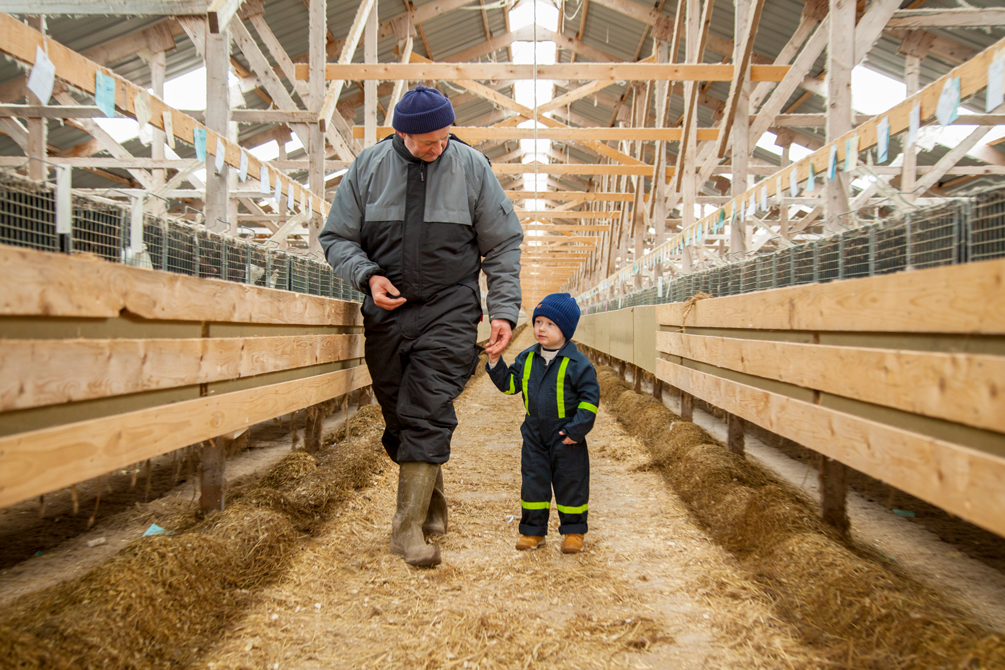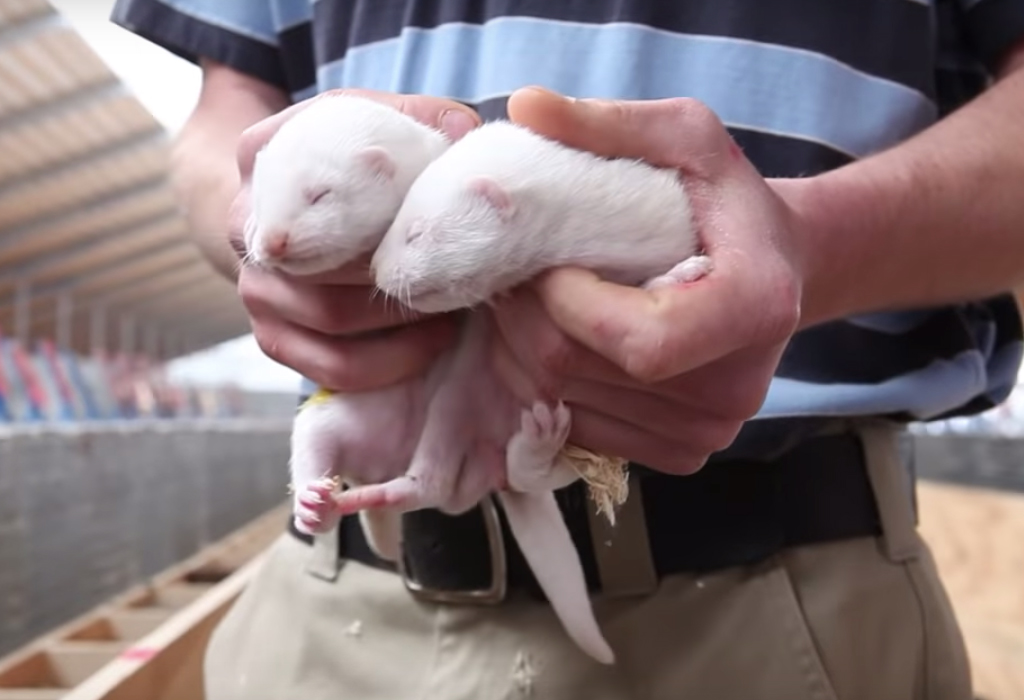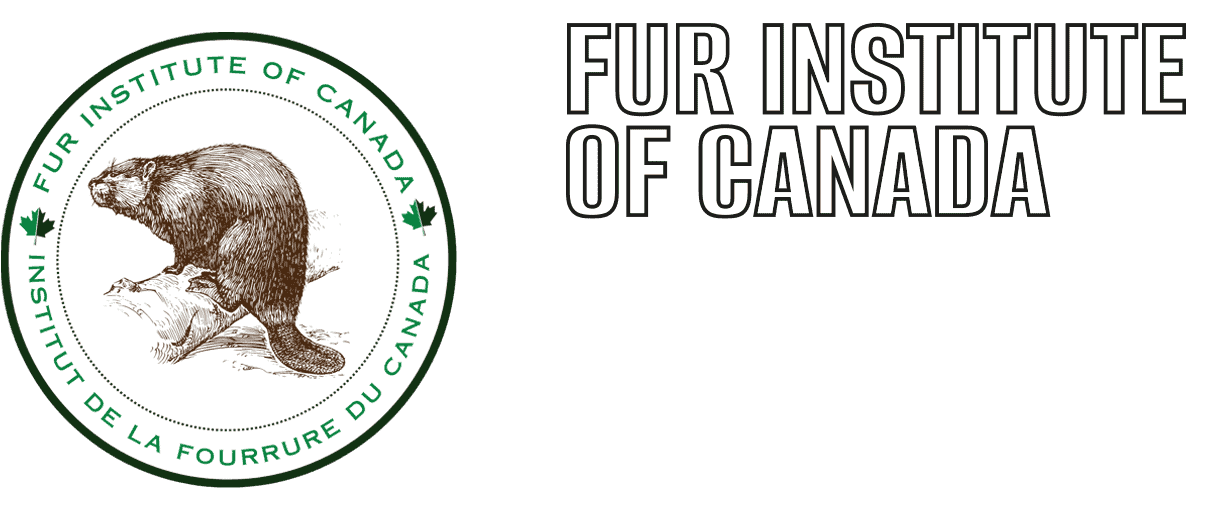Mink Farming

American mink (Neogale vison) are a medium-sized member of the weasel family. They are the single most important furbearer farmed today, both in terms of the number of pelts produced and the value of the fur.
The first recorded attempt at farming mink was during the American Civil War (1861-65), at Cassadaga Lakes in New York, to provide soldiers with warm winter clothing. This was followed in Richmond Hill, Ontario, where the Patterson Brothers built a herd of 130 mink in the 1870s. But it seems this was just a sideline at most, and maybe just a hobby, as their main business was manufacturing farm machinery, and there is no record of them ever selling pelts.
Mink farming has come a long way since then, and today is practiced in most of Canada’s provinces and territories.
LIFE ON A MINK FARM

Photo: Zimbal Mink Farm
Mink are naturally aggressive and must be handled carefully. They are quick to bite, so farmers normally wear thick leather mitts when handling adults.
Mink barns (or sheds) are not heated or insulated. The animals are reared under natural daylight and temperature conditions, but protected from direct sunlight and wind.
Adult mink are housed in individual wire mesh pens, while mothers are provided with a nest box for the breeding season.
Mink are carnivores so their diet consists primarily of animal-based protein. Common sources making up 70-80% of the diet are waste from fish and poultry processing plants, and slaughterhouse offal. The balance of the diet includes cereal, vitamins and minerals. In areas with several mink farms in close proximity, feed may be prepared in central feed kitchens, while more isolated farms make it themselves.
Breeding of mink takes place once a year during late February and early March. Ovulation is induced by mating, and the length of pregnancy varies from 39 to 75 days (average of 51) due to a natural delay in the implantation of the fertilized eggs. The female gives birth to a litter of 1-12 kits (average of 5 or 6) during late April and early May, and nurses for about 6 weeks. The kits are weaned in June. Up to three kits are commonly housed together for the first month following weaning.
Mink are vaccinated at about 10 weeks of age for distemper, virus enteritis, botulism and pseudomonas pneumonia.
Winter fur development begins in August and the fur is fully developed (prime) in November or December when it is harvested.
Although the original stock for mink farms came from the wild, they are now domesticated animals that are easily distinguished from their wild cousins. They are considerably larger and tamer, plus selective breeding has created many more colour variations. In the wild, mink range in colour from blackish-tawny to light-tawny, but farmed mink also come in black (dark), mahogany, pastel, demi buff, sapphire and white, among others.
FURTHER READING
For more detailed information on the annual cycle on a mink farm, we recommend the following four posts from Truth About Fur:
Conditioning & Breeding (December – March)
Whelping & Weaning (April – June)
Growth & Furring (July – October)
Grading & Harvesting (November – December)
